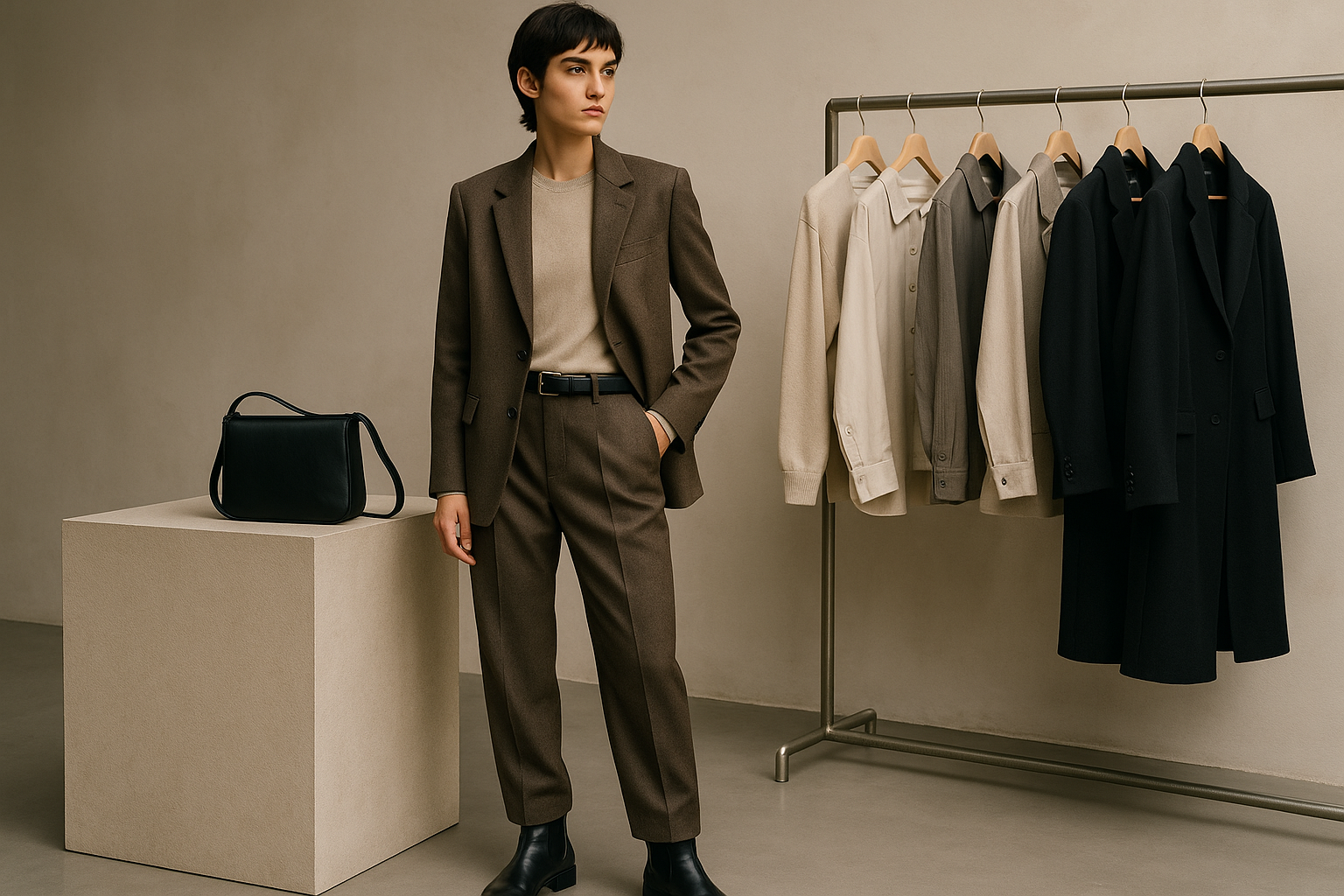Formal Clothes: A Practical Guide to Business Attire
Formal clothes set the tone for professional occasions, interviews, and many social events. Choosing the right pieces involves understanding fabrics, fits, and the level of formality required. This guide explains key categories—suits, dresses, ties, and broader business attire—and offers practical tips for building a versatile formal wardrobe that works across industries and regions.

What are formal clothes?
Formal clothes refer to garments appropriate for events or settings where a polished, conservative appearance is expected. This category includes tailored suits, conservative dresses, blouses, dress shirts, and complementary items like overcoats and formal shoes. Fabrics such as wool, worsted blends, silk, and quality cotton are common because they drape well and resist wrinkling. Colors typically lean toward neutrals—navy, charcoal, black, and muted tones—though patterns like subtle pinstripes or checks can be acceptable when modest. Understanding the dress code—black tie, business formal, or business casual—helps determine how strictly to adhere to these norms.
How to choose suits?
Selecting suits requires attention to fit, fabric, and proportion. Fit is the most important factor: shoulders should align without pulling, sleeves should show a small shirt cuff, and trousers should break cleanly over shoes. Choose a fabric weight appropriate to your climate; midweight worsted wool is versatile year-round. Opt for single-breasted jackets for broader use; two-button styles remain classic and adaptable. Consider construction details—half-canvassed or fully canvassed jackets offer better shape and longevity than fused options. Keep a neutral suit in navy or charcoal as a foundation, then add variety with textured weaves or patterned shirts for different looks.
Selecting dresses for formal events
Dresses for formal occasions range from sheath and wrap styles to more structured day dresses suitable for business settings. Aim for knee-length or just below for workplace formality, and choose modest necklines and sleeve lengths when required. Fabrics like crepe, ponte, wool blends, and silk mixes provide structure and comfort. A well-fitted dress that skims the body without clinging is typically more versatile than a trend-driven silhouette. Layering with tailored blazers and pairing with closed-toe shoes often increases appropriateness for professional environments. Neutral palettes are easiest to pair, while accent colors can be introduced via scarves or jewelry for a measured personal touch.
Choosing ties and accessories
Ties, belts, shoes, and small accessories complete a formal outfit and signal attention to detail. For ties, silk and fine wool are standard; widths that match the jacket lapel maintain visual balance. Solid colors, subtle patterns, and classic motifs like small dots or stripes are reliable choices. Leather belts and shoes should match in color and finish—black for black suits, dark brown or oxblood for navy and brown suits. Keep jewelry understated and functional: a watch, simple cufflinks, and minimal rings. Pocket squares add personality but should coordinate with, not exactly match, the tie. Proper shoe care, including polishing and resoling when needed, extends the life of formal footwear.
Understanding business attire standards
Business attire varies by industry, company culture, and geography, but it generally spans a continuum from business formal to business casual. Business formal often requires suits, conservative dresses, and ties; business professional allows some flexibility in color and accessories; business casual permits dress slacks, blouses, and less structured sport coats. When uncertain, err on the side of more formal for first impressions, then adjust based on observed norms. Consider seasonal changes—lighter fabrics and breathable materials in warm months, layered approaches in cooler months—and accommodate cultural expectations that may influence modesty or color preferences. Maintaining clothes in good repair—pressed, lint-free, and properly fitted—supports a professional image across these standards.
This closed summary wraps up the practical considerations for formal clothes, covering selection, fit, and coordination across suits, dresses, ties, and general business attire. Prioritizing fit and fabric, building a neutral core wardrobe, and finishing looks with appropriate accessories can make dressing for formal occasions simpler and more consistent without relying on fleeting trends.






